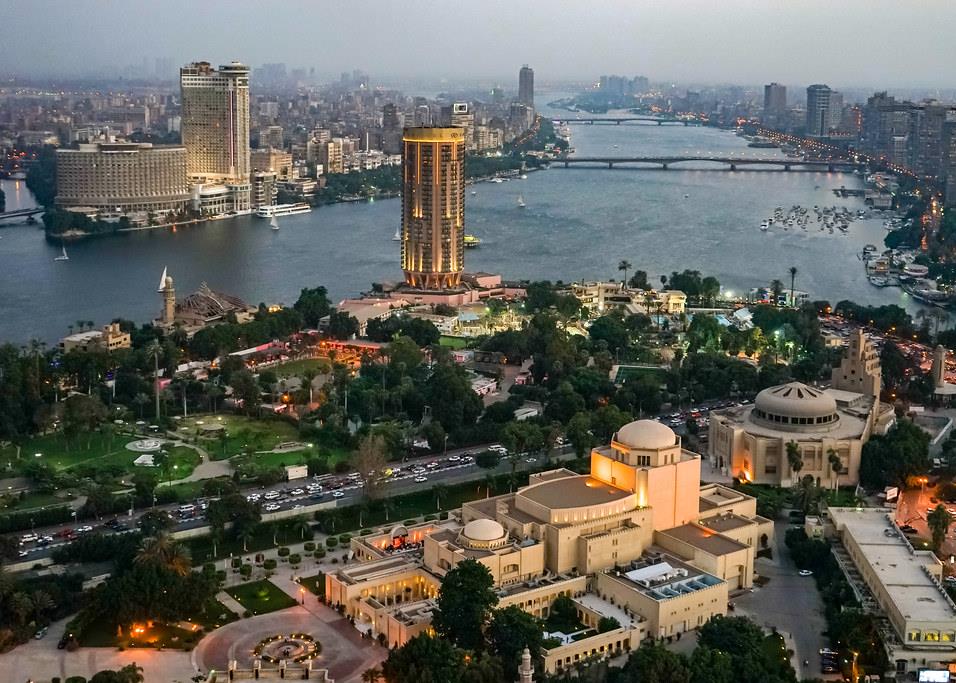
Iraq needs to fix its northern export pipeline in order to be in a good position to proceed with plans to diversify export options
Iraq’s oil production potential is substantial, but many are sceptical that official targets will be met. Reaching these targets needs not only significant investment, estimated at more than $150bn, but also requires Iraq’s considerable political and infrastructural challenges to be overcome.
“Iraq [must] diversify its export routes in all directions to monetise its greatest asset”
Iraq aims to increase its export capacity at Basra’s port to 4.5 million barrels a day (b/d) by 2013, from about 2 million b/d currently. But within a few years, even this could be inadequate if the international oil companies in the south hit their production targets. Iraq will have to diversify its export routes in all directions if it is to monetise its greatest asset.
Iraq’s dilapidated pipeline, power and transportation infrastructure has long inhibited its export capacity. A 2007 report by US engineering firm Foster Wheeler concluded that there is a serious risk of failure in Iraq’s pipelines due to excessive corrosion.
The first stage will be rehabilitating the existing northern export pipeline to Turkey. If Iraq gets moving on repairs, it will be in good stead to proceed with plans to diversify its export options, particularly into neighbouring Syria.
If the pipeline is eventually restored to design capacity, sending oil north from Iraq’s southern fields could provide a solution to the bottlenecks at the oil terminals on the Gulf. However, this would require rehabilitating Iraq’s north-south strategic pipeline, which runs from Basra in the south to the central city of Haditha, then onto Kirkuk.
Pipeline security is still a challenge, although the number of daily attacks has been significantly reduced since the peak levels of violence in 2007, as government cooperation with local residents grows. In general, Iraq’s far-flung network of pipelines is secure in the south, but areas in the north are considered high risk. Pipeline exclusion zones in populated areas have proved highly unpopular and less effective than in non-residential areas.
You might also like...

Red Sea Global awards Marina hotel infrastructure
18 April 2024

Aramco allows more time to revise MGS package bids
18 April 2024

Morocco tenders high-speed rail project
18 April 2024
A MEED Subscription...
Subscribe or upgrade your current MEED.com package to support your strategic planning with the MENA region’s best source of business information. Proceed to our online shop below to find out more about the features in each package.





